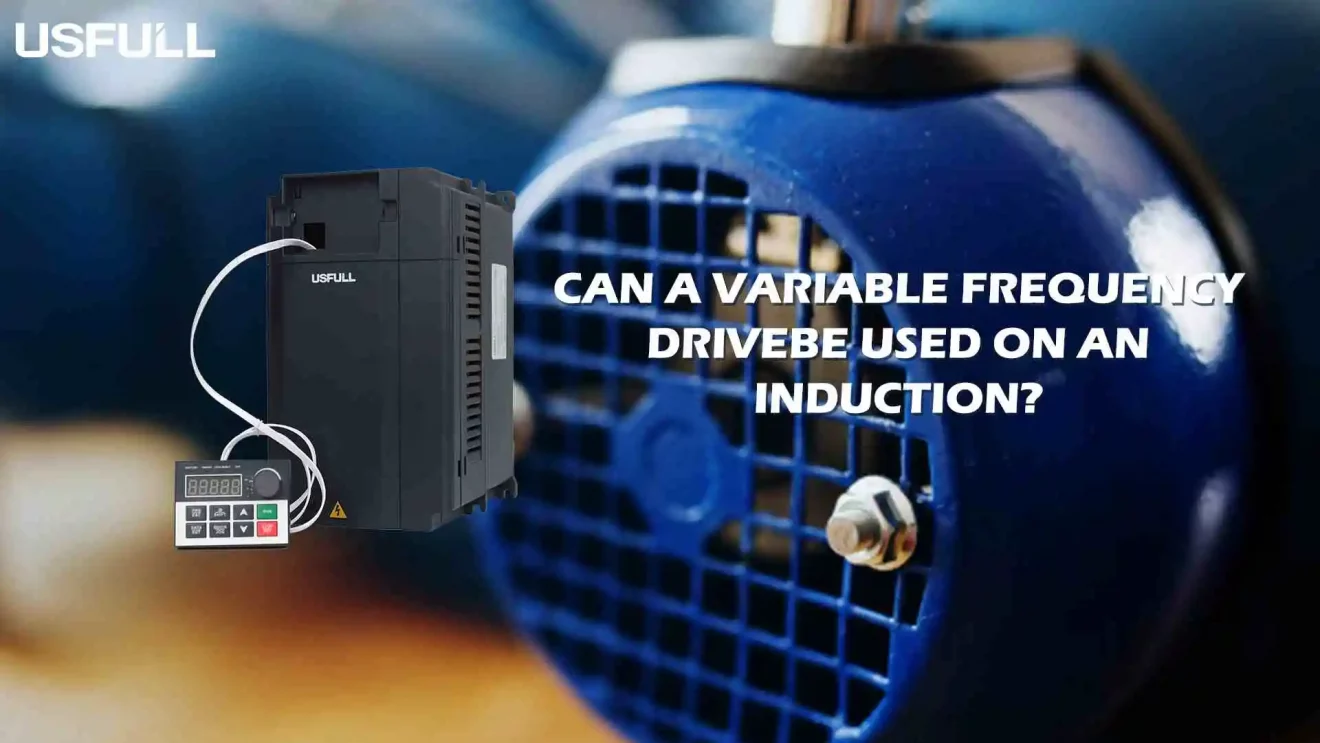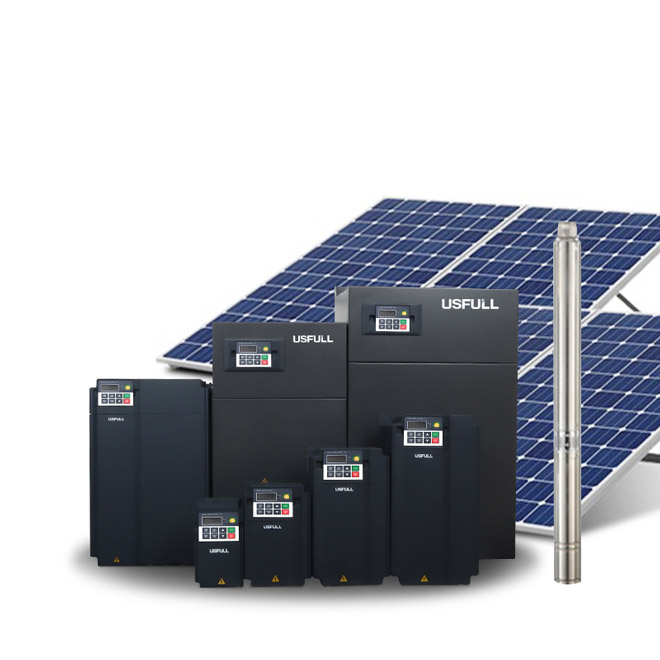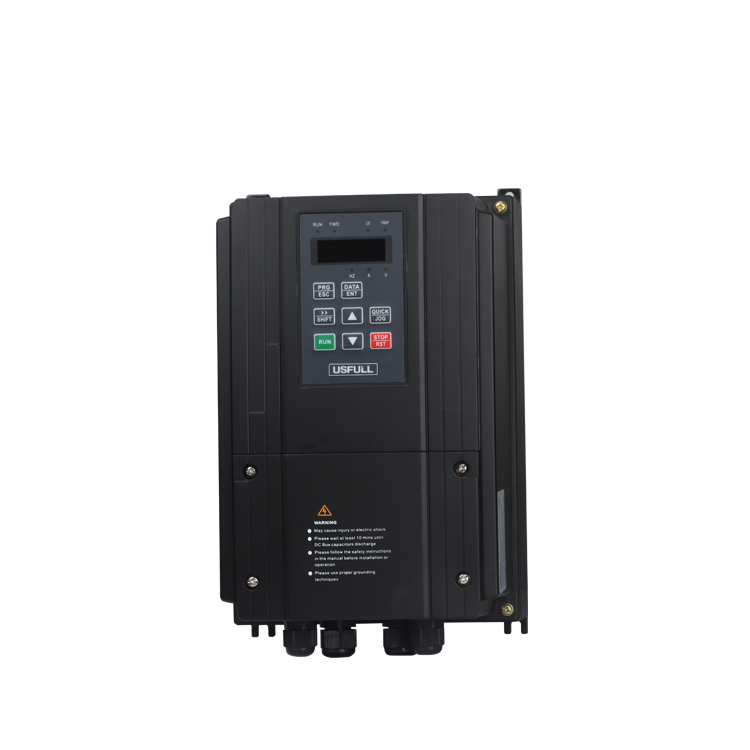Struggling with Induction Motor Efficiency? Here’s the Solution: Induction motors often run inefficiently at fixed speeds, leading to excessive energy consumption and wear. This can cause higher operational costs and a shorter motor lifespan. A Variable Frequency Drive (VFD) provides precise speed control, reducing energy waste and enhancing motor longevity.
A Variable Frequency Drive (VFD) can be used on an induction motor to regulate speed and improve efficiency.
By adjusting the frequency and voltage supplied to the motor, a Variable Speed Drive (VSD) enables smooth operation, energy savings, and enhanced performance.
Read on to discover how to select, use, and control a VFD for induction motors.

Can a VFD Be Used on an Induction Motor?
Yes, a variable frequency inverter is commonly used with induction motors to control speed, reduce mechanical stress, and save energy. A VFD adjusts the power supply frequency, allowing motors to operate at variable speeds instead of a fixed RPM. This flexibility makes them ideal for applications such as HVAC systems, conveyor belts, pumps, and industrial machinery. Additionally, a Variable Speed Drive (VSD) enhances motor efficiency, minimizes wear and tear, and ensures smooth start-up and stopping, reducing maintenance costs.
How Do I Choose a VFD for an Induction Motor?
Selecting the right Variable Frequency Drive (VFD) depends on several key factors:
- Motor Power Rating:The VFD’s power must match or exceed the motor’s kilowatt (kW) rating.
- Voltage Compatibility:Ensure the VFD matches the input voltage (e.g., 220V, 380V, 480V).
- Load Type:Consider whether the application is constant torque (conveyors, mixers) or variable torque (pumps, fans).
- Control Features:Choose a VFD with necessary control modes, such as vector control or sensorless control, for precise motor performance.
- Protection Functions:Look for features like overvoltage, overload, and short circuit protection to ensure motor safety and longevity.
How to Control the Speed of an Induction Motor Using a VFD?
A Variable Frequency Drive (VFD) controls the speed of an induction motor by adjusting the power supply frequency. Here’s how:
- Frequency Adjustment:A VFD changes the Hertz (Hz) of the supplied power, directly influencing motor speed.
- Voltage Regulation:The drive ensures the correct voltage-to-frequency ratio (V/f control) for stable performance.
- Control Methods:
- Manual Control:Adjusting speed via a control panel or potentiometer.
- Automated Control:Using PLC (Programmable Logic Controller) or sensors to dynamically regulate speed.
- Remote Operation:Controlling the VFD through a networked system or mobile interfac
4.Acceleration & Deceleration:A VFD allows smooth starting and stopping, preventing sudden jerks or damage to the motor.
What Is Variable Frequency Control of an Induction Motor?
Variable frequency control refers to using a Variable Frequency Inverter to regulate an induction motor’s speed by modifying the power frequency. Traditional motors operate at a fixed speed determined by the AC supply frequency (e.g., 50Hz or 60Hz). However, with variable frequency control, the drive dynamically adjusts frequency and voltage to optimize performance. This technology improves energy efficiency, extends motor lifespan, and allows precise speed control across industrial applications, from pumps and fans to CNC machines.
Conclusion
A Variable Frequency Drive (VFD) is essential for improving induction motor efficiency, reducing energy costs, and enabling precise speed control.



